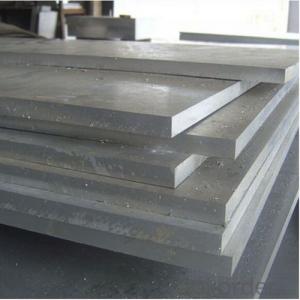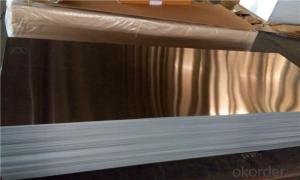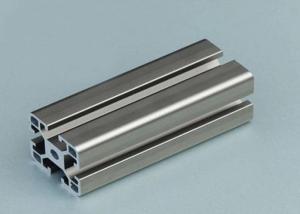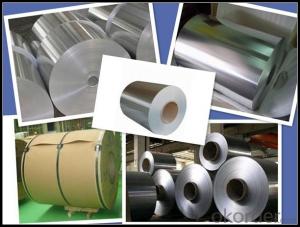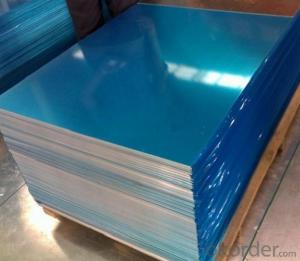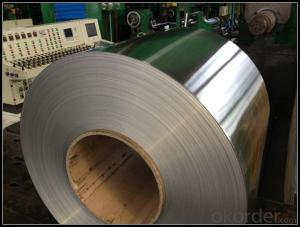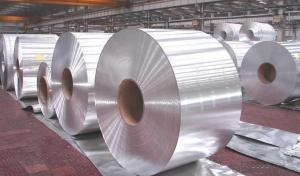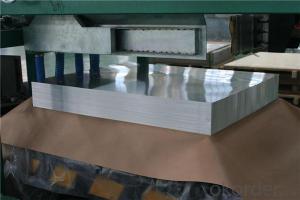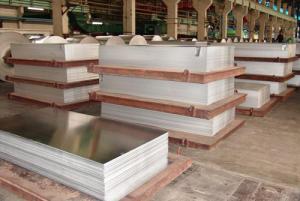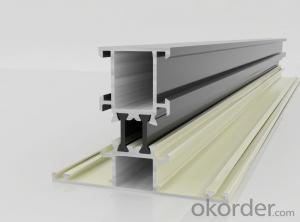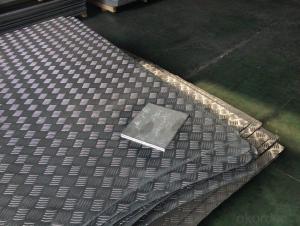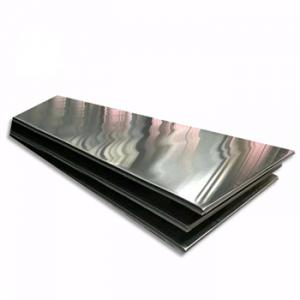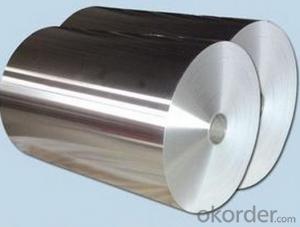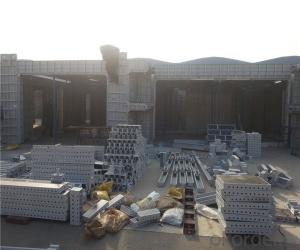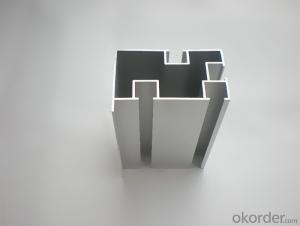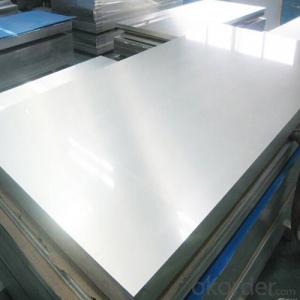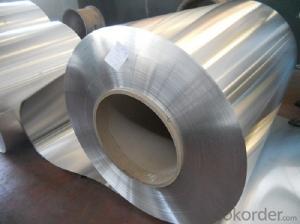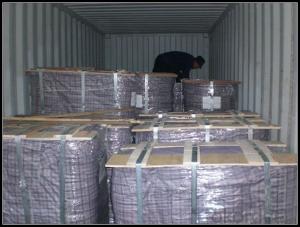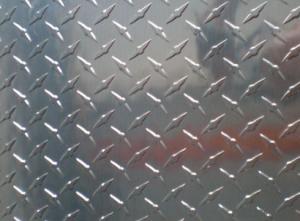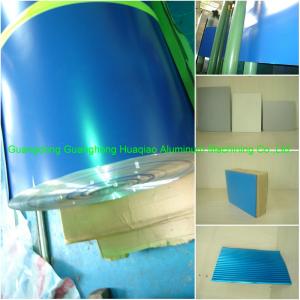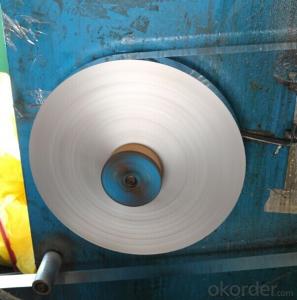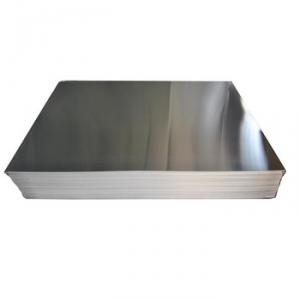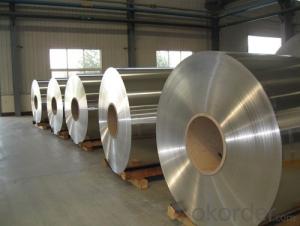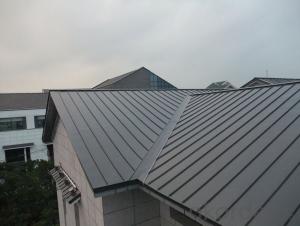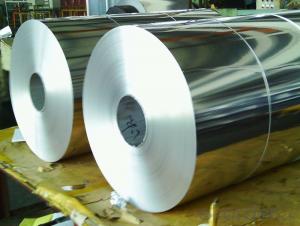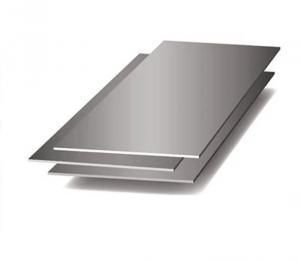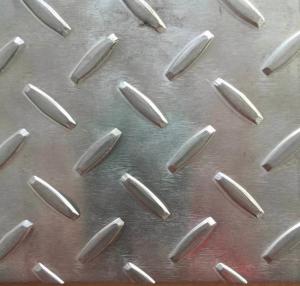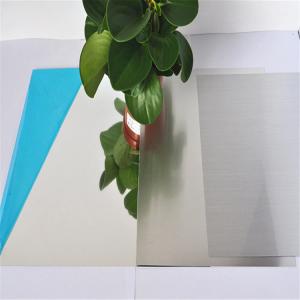6061 Aluminum Plate Tolerances
6061 Aluminum Plate Tolerances Related Searches
Aluminum Plate Tolerances 6061 Aluminum Plate Thickness Aluminum 6061 Plate Aluminum Plate 6061 6061 Aluminum Alloy Plate 6061-T6 Aluminum Plate 6061 T6 Aluminum Plate 6061 Aluminum Tread Plate Metric 6061 Aluminum Plate Bending 6061 Aluminum Plate 6061 0 Aluminum Plate T6061 Aluminum Plate 6061 Aluminum Diamond Plate 1 4 6061 Aluminum Plate 6061 T6 Aluminum Plate Flatness 6061 Aluminum Tooling Plate 1 2 6061 Aluminum Plate 6060 Aluminum Plate 1/2 6061 Aluminum Plate 1/4 6061 Aluminum Plate 6061 Aluminum Plate Price 3/8 6061 Aluminum Plate 6061 Aluminum Plate Suppliers 6061 Aluminum Plate For Sale 3 8 6061 Aluminum Plate 6061 Aluminum Plate 1 2 6061-T651 Aluminum Plate 6063 Aluminum Plate 6061 T651 Aluminum Plate Aluminum T6 60616061 Aluminum Plate Tolerances Supplier & Manufacturer from China
6061 Aluminum Plate Tolerances are a type of aluminum alloy plate that is widely recognized for its excellent strength-to-weight ratio and superior corrosion resistance. This specific alloy is known for its versatility and is often utilized in various industries due to its unique properties. The 6061 aluminum plate is commonly used in applications such as aerospace components, automotive parts, and structural frameworks, where high strength and durability are required. Its ability to maintain these characteristics while remaining lightweight makes it an ideal choice for many engineering and manufacturing projects.The 6061 Aluminum Plate Tolerances are employed in numerous scenarios, from construction and transportation to consumer goods and industrial machinery. This product is favored for its ability to be easily machined and fabricated into a variety of shapes and sizes, making it suitable for a broad range of applications. Additionally, its resistance to corrosion and weathering means that it can be used in outdoor environments without the need for excessive maintenance or protective coatings. This makes it a cost-effective and reliable material for long-term projects that require durability and minimal upkeep.
Okorder.com is a leading wholesale supplier of 6061 Aluminum Plate Tolerances, offering a vast inventory of this high-quality material to cater to the needs of various industries. With a commitment to providing exceptional customer service and competitive pricing, Okorder.com ensures that customers receive the best value for their investment. Their extensive inventory allows them to fulfill large orders quickly and efficiently, making them a reliable choice for businesses in need of 6061 aluminum plate for their projects.
Hot Products


